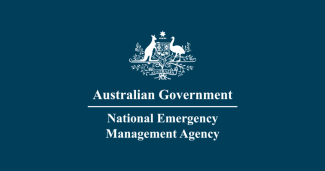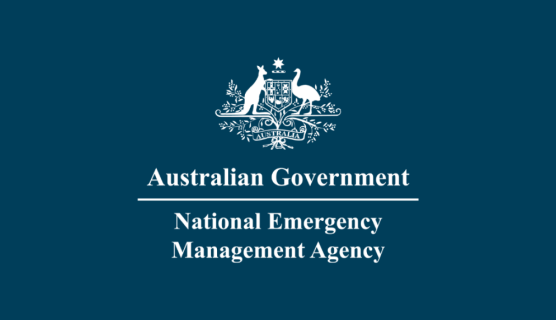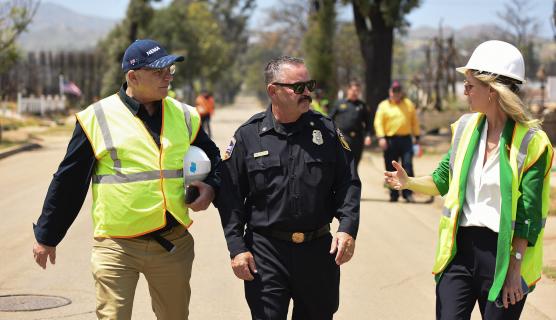Following the 2024-25 Higher Risk Weather Season, government and non-government organisations as well as industry representatives have gathered in Canberra to ‘war game’ what would happen in the most dangerous of crisis scenarios.
Led by the National Emergency Management Agency (NEMA), Exercise Convergence forms part of its annual national exercising program and will explore our preparedness for, response to and recovery from extreme to catastrophic disasters.
Approximately 350 participants from all levels of government, emergency services, charities, critical infrastructure, supermarkets, health, telecommunications, animal welfare, transport and logistics will work together to ensure all response systems are integrated and identify gaps for improvement.
The multi-day crisis scenario explores the impact of fuel supply shortages, the transmission of HPAI H5 bird flu to animals and humans, natural hazards, power outages, international repatriations, supply chain disruptions, and social unrest.
Vision is available on: NEMA Exercise Convergence - Media Pack (Dropbox).
Quotes attributable to NEMA Coordinator-General, Brendan Moon:
“The National Emergency Management Agency plays an important role ensuring our national response to emergencies are coordinated, collaborative and explores a range of potential impacts.
“Exercise Convergence is the latest of NEMA’s activities to prepare Australia for nationally significant emergencies, which include the annual Higher Risk Weather Season preparedness summit, Exercise Aurora, and year-round training as part of its national preparedness program.
“In 2025 so far, we’ve had 23 severe weather events affected 134 local government areas so off the back of the Higher Risk Weather Season, so it’s critical that we take the opportunity to prepare as much as possible when we can.”
Quotes attributable to NEMA Deputy Coordinator-General for Emergency Management and Response, Joe Buffone:
“While the scenarios we will explore in Exercise Convergence are hypothetical, we’ve worked hard over the last few months to ensure they are based on the reality that everyone in the room, who come from almost every sector that plays a role in emergency management, would have experienced.
“I’m looking forward to working closely with our colleagues as we put ourselves out of our comfort zones so we can identify and understand how we will react when the entire system is under pressure and how we can save lives in the most dangerous scenarios.
“I’d like to thank everyone for making the time to attend this exercise, especially so soon after a busy Higher Risk Weather Season which just ended in April, and I want to thank our colleagues coming from New South Wales joining us off the back of flooding in the Hunter and Central Coast regions, as well as recognise those who were unable to attend as they continue addressing the recovery needs of the community.”


